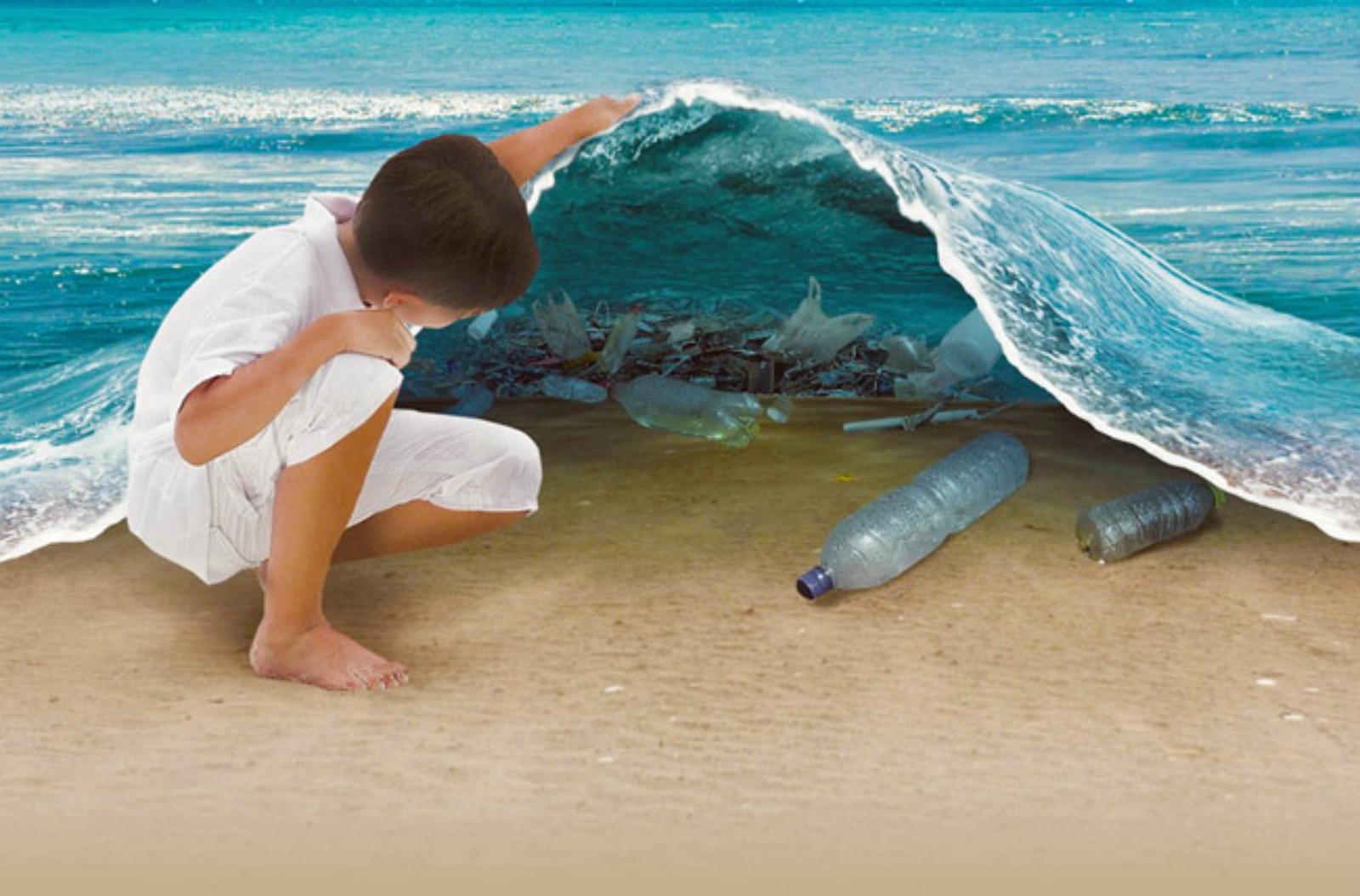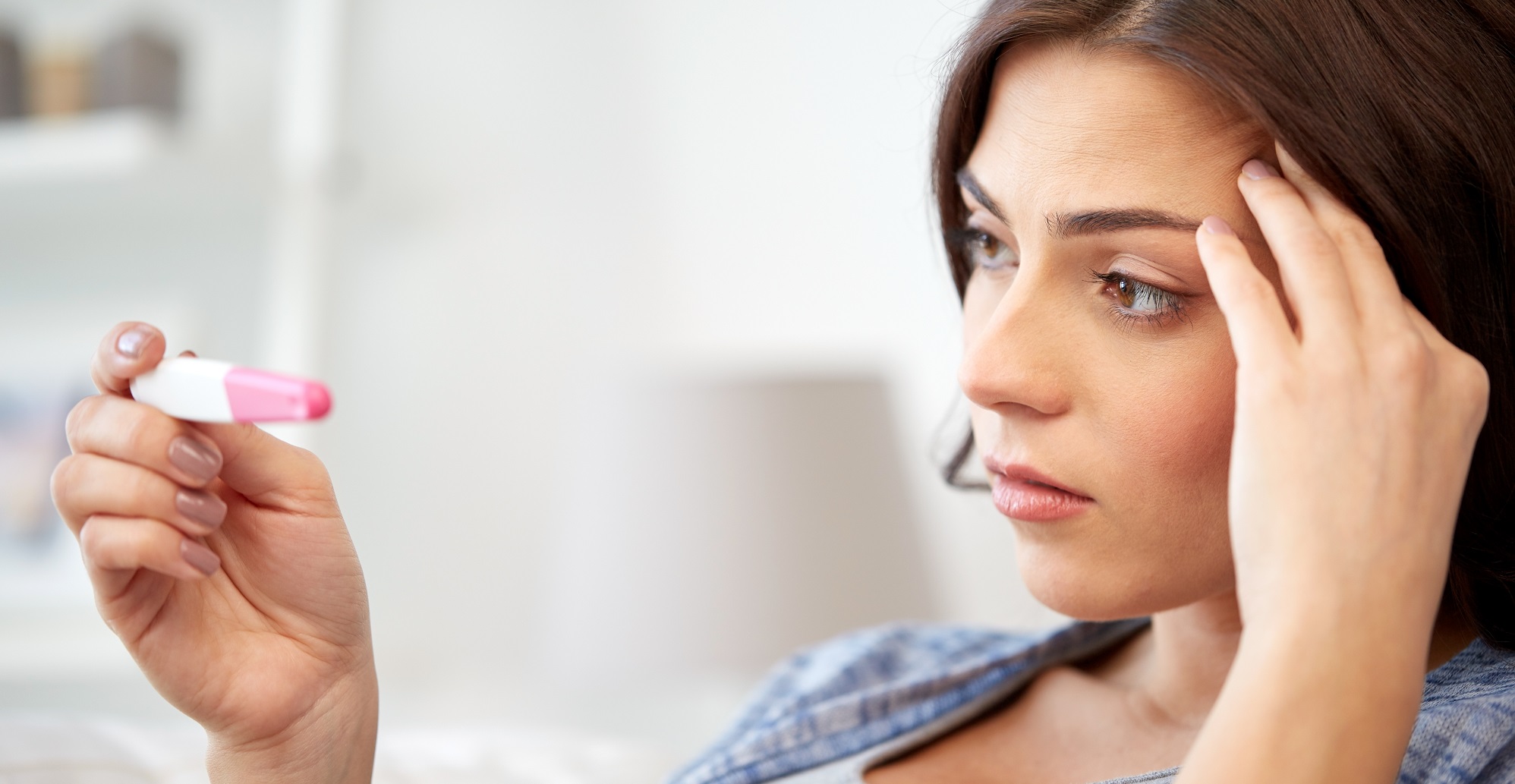Plastic has catapulted into the limelight in recent years with numerous reports of its detrimental fate in marine life. The talks about plastic innately conjure in our mind of a sea turtle or a dolphin entangled in plastics with a lacerated flipper or a deformed fin, among other horrid scenes. Such imageries may not have deterred you from using plastics, after all most of us are “environmentally conscious” enough not to throw unwanted plastics into the ocean. So, why should I care? What if I told you that plastic may end up in your body from the food you eat and the water you drink? How about plastic additives that can mimic your hormone and potentially affect your sexual traits and fertility? Would you think again before asking for or using a plastic?

As the economies in Asia grow, so does the demand for consumer products and the use of plastics for packaging. Half the world’s plastics are made in Asia with China alone contributing to a staggering 29%.1 It is beyond my comprehension of the astronomical amount of plastics produced and how much we dump them into the ocean each year. However, it is clear that plastics take hundreds of years to degrade and we are literally living on a planet of plastics! It was estimated that a single-use plastic has a working life of only 12 minutes. A report warns that the proliferation of single-use plastics around the world is accelerating climate change and should be urgently halted due to its contribution to greenhouse gas emissions at every stage of its lifecycle, from its production to its refining and the way it is managed as a waste product.2

Microplastics represent a different set of plastic issues more personal to us. They are derived from broken-down plastic waste, synthetic fibres from synthetic fabrics and beads found in personal hygiene products ranging from facial cleansers to toothpaste. Due to their small size (typically <5 mm), microplastics are a cause for concern as they are capable of entering the food chain and infiltrating our water systems. Microplastics have been found in shellfish, more specifically the class of bivalves (e.g., clams, mussels, and oysters) that feed on sea algae that are naturally present in the seawater.3 As such, they are exposed to any natural pollutants including microplastics that are present in the ocean water. On December 28, 2015, President Obama signed the Microbead-Free Waters Act, banning plastic microbeads in cosmetics and personal care products. In 2018, the World Health Organization (WHO) launched a health review into the potential risks of plastic in drinking water after a new analysis of some of the world’s most popular bottled water brands found that more than 90% contained microplastics.4 In a new study published last month, the WHO said that microplastics are “ubiquitous” (meaning everywhere!) and have been detected in fresh water, wastewater, food, air, bottled water, tap water and more. However, there is not enough evidence to conclude that microplastics pose any risk to human health at the current levels.5 This conclusion was based on limited information and more research is needed to draw firm conclusions.

Bisphenol A (BPA) and phthalates are two common additives used during the production of plastics. They are dubbed the “disrupting duo” owing to their human hormone-mimicking and disruption properties. In a shocking news report last year, scientists in Australia revealed that these plastic additives are to blame for the recent rise in genital birth defect in boys called hypospadia where the opening of the penis is on the underside rather than the tip, causing problems with its function.6 BPA, in particular, has also been shown to affect brain development of girls in womb. In 2011, a study found that pregnant women with high levels of BPA in their urine were more likely to have
daughters who showed signs of hyperactivity, anxiety, and depression.7 These symptoms were seen in girls as young as three years old. In another study in UK, BPA was found in 4 out of 5 teenagers8 and its exposure in humans has been linked to increased risks of cardiometabolic disorders including diabetes, obesity, and hypertension based on an analysis of population studies.9

So what can we do about plastics? Below are four helpful tips:
- Look for and use BPA- and phthalates-free products
- Avoid pouring hot water or heating/microwaving plastic containers with food or drinking water (as heat disstabilizes the chemical coating on plastics)
- Avoid the use of single-use plastics. Reuse and recycle plastics.
- Bring your own glass/metal containers for take aways
In collaboration with Dosing Health .
References:
- https://www.nationalgeographic.com/magazine/2018/06/plastic-planet-waste-pollution-trash-crisis/
- https://www.theguardian.com/environment/2019/may/15/single-use-plastics-a-serious-climate-change-hazard-study-warns
- Van Cauwenberghe L and Janssen CR (2014) Microplastics in bivalves cultured for human consumption. Environmental Pollution 193: 65-70. https://www.sciencedirect.com/science/article/pii/S0269749114002425
- https://www.theguardian.com/environment/2018/mar/15/microplastics-found-in-more-than-90-of-bottled-water-study-says?utm_source=New+Food+Economy+Subscribers&utm_campaign=ee74180ff1-EMAIL_CAMPAIGN_2018_03_15&utm_medium=email&utm_term=0_75a28a0eaf-ee74180ff1-511538441
- https://www.npr.org/2019/08/22/753324757/who-study-finds-no-evidence-of-health-concerns-from-microplastics-in-drinking-wa?t=1569419239403
- https://www.thesun.co.uk/news/6871840/plastic-chemicals-food-packaging-make-penis-smaller/
- Braun JM et al (2011) Impact of Early-Life Bisphenol A Exposure on Behavior and Executive Function in Children. Paediatrics 128(5): 873–882. https://www.ncbi.nlm.nih.gov/pmc/articles/PMC3208956/
- https://www.thesun.co.uk/news/5500129/four-out-of-every-five-teens-hormones-upset-by-plastics-contaminating-their-bodies/
- Rancière F et al (2015) Bisphenol A and the risk of cardiometabolic disorders: a systematic review with meta-analysis of the epidemiological evidence. Environmental Health 14:46. https://www.ncbi.nlm.nih.gov/pubmed/26026606
Image credit:
- https://www.adventuretravelnews.com/world-wildlife-fund-secures-funding-for-plastics-free-ocean-initiative
- https://techround.co.uk/wp-content/uploads/2019/08/pexels-photo-2768961-150x150.jpeg
- https://en.reset.org/files/imagecache/sc_832x468/2016/08/01/plastic-bottles-115069_1280.jpg
- https://encrypted-tbn0.gstatic.com/images?q=tbn:ANd9GcQ1vCFwLB9JkI7i3-Kzev5lFjSFnMi0Hpuf6VIC0eWx2mXguTk&s
- https://149366112.v2.pressablecdn.com/wp-content/uploads/2015/10/bottles1.jpg








